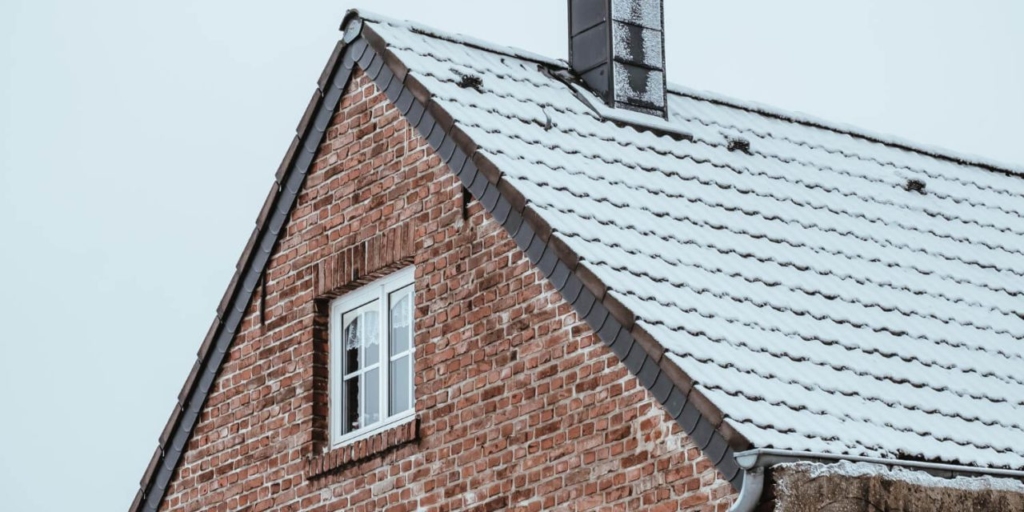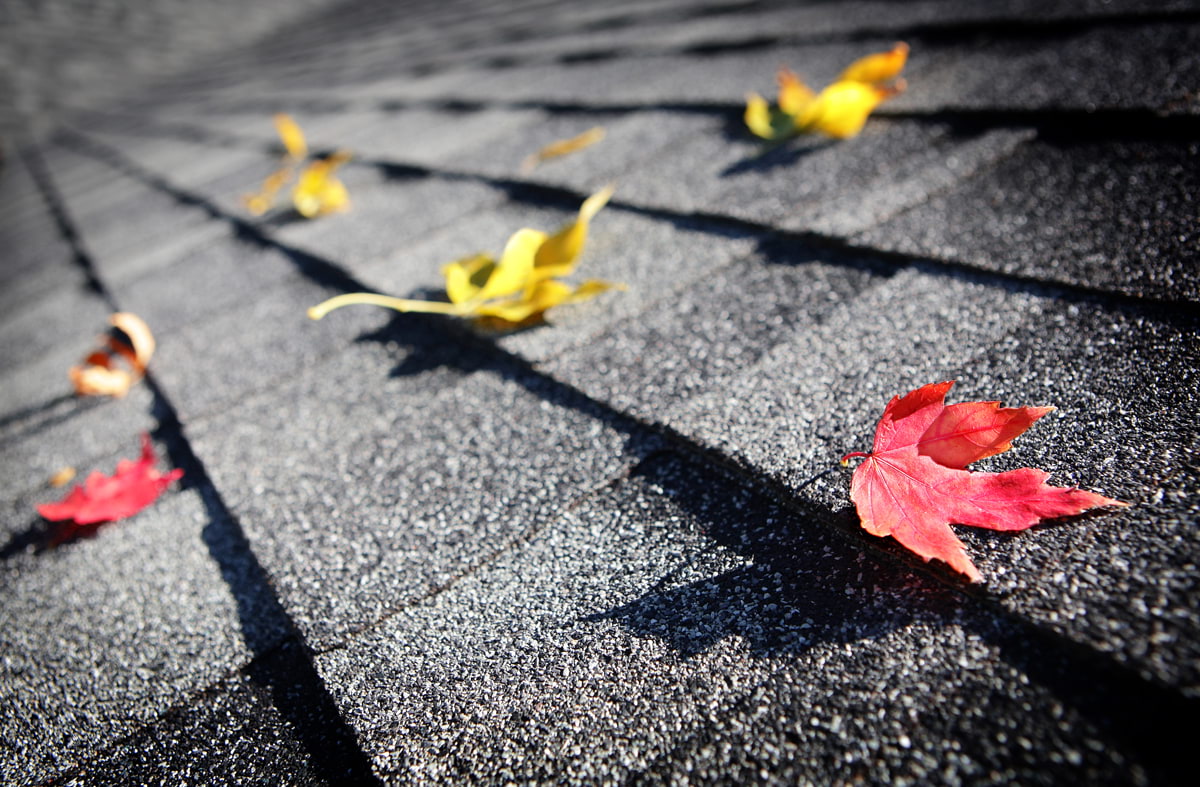Although we’re unlikely to experience any extreme phenomena like hurricanes or tornados here in the UK, our ever-changing weather will still affect your property’s roof, so ensuring ongoing maintenance is crucial to guard against costly repairs in the long run.
Hot Weather And Your Roof
While you may think that summer weather should be good for your roof, in fact the extra UV exposure could be building up problems for the future.
UV Exposure
Most roofs lack shade, so they have no protection from the sun’s unfiltered rays. Eventually, this exposure will begin to cause your roof to dry out and shrink, while its wood structures will start to weaken and bleach, and possibly even crack. When tiles are exposed to high temperatures on a long-term basis, they can start splitting and buckling, while the joins in between them may start loosening due to shrinkage. The rafters in your roof are the most important part and the most expensive thing to replace as the whole roof will need replacing. The best solution would be to get your roof surveyed to see if you need to get a re-roof on your protective covering. By replacing the felt under your tiles for new breathable membrane you are able to protect your rafters from all weather conditions and it also allows for better airflow.
Thermal Shock
Another issue that can occur during summer is thermal shock. This happens when the temperature drops dramatically in the evening after a long day of exposure to high temperatures. The extra change, together with moisture in the air may cause roofing materials to expand then contract rapidly, impacting their structural integrity.
Algae Growth
Without adequate maintenance, moisture can become trapped within your roof’s support structures or between its tiles. During the summer, as the temperature rises, moss and mould can start to grow rapidly. The best solution to stop this is to have adequate roof ventilation using over fascia vents or vent tiles. It is also recommended to get roof cleaning done every 2-3 years to stop the moss building up on your roof.

Cold Weather And Your Roof
During the colder months, your roof is at even greater danger of damage. Below we list some of the winter weather conditions and how they can effect your roof and what you can do to prevent any issues.
Rain
We certainly see plenty of rain here in the UK, and especially during winter. Ongoing exposure to water can wreak havoc on your roof if it cannot drain properly. Water can collect in puddles or pools on its flat surfaces while guttering can become blocked with debris and start overflowing. The extra moisture on your roof will result in moss and mould growth too, causing an unsightly problem. Flat roofing is known to dip in the middle if there is a leak and the boards underneath are wet, this can lead to pooling in your flat roof as the water cannot drain away correctly.
Snow
Snow cannot drain away like rain can, and when snow builds up, it can become heavy on an old or unmaintained roof. Trying to remove snow yourself from your roof can cause even more problems as you could accidentally damage the tiles, or cause damage to roofing materials by using melting solutions like rock salt.
Wind
Icy winds also negatively impact your property’s roof, loosening and moving the tiles and potentially lifting them resulting in damage right across the rooftop.
Regular Roof Maintenance Is Crucial
The best way to ensure your roof is able to cope with anything that nature throws at it is to use a team of professionals to carry out regular roof repairs and maintenance. You will protect yourself from possible injury that could be incurred by attempting to do the job yourself, and you can be sure of the best possible result.
Here at Point Roofing, we can offer you an outstanding level of service. We can clean your tiles to eradicate moss and algae build-up, check for possible issues, and repair any problems that we identify. Get in touch with us today to find out more.



